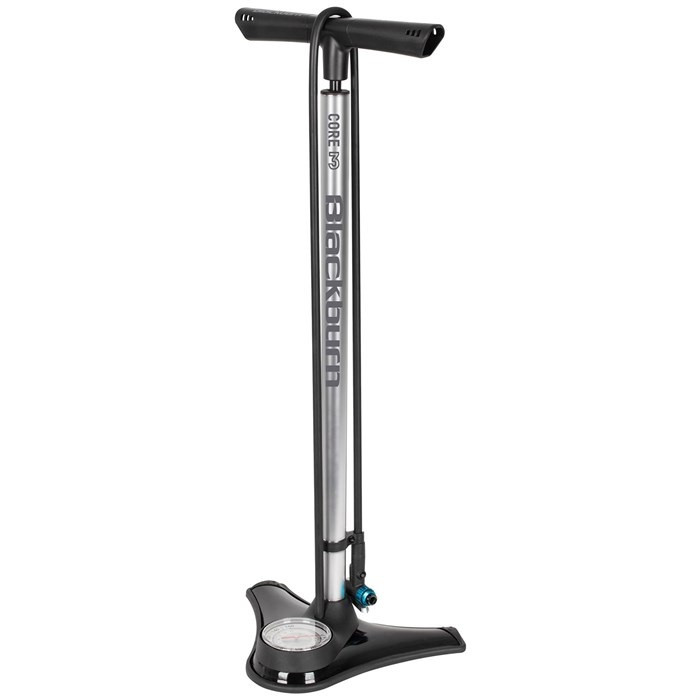For those new to the world of cycling, bike components can sometimes seem like a foreign language. Among these, bike valves might appear to be a minor detail, but understanding the difference between valve types is crucial for proper bike maintenance and performance. This article will focus on Presta Bike Valves, often found on performance-oriented bicycles, and explore their features, benefits, and how they compare to their Schrader counterparts.
What is a Presta Valve?
Presta valves, instantly recognizable by their taller and slimmer profile compared to Schrader valves, are specifically engineered for bicycles. You won’t find presta valves on cars or motorcycles, highlighting their niche application in the cycling world. Constructed entirely from metal, presta valves exhibit a distinctive taper towards their tip and are typically threaded along their entire length.
A key characteristic of the presta valve is its locking nut mechanism, rather than a spring, to ensure airtight closure. This design makes presta valves exceptionally secure in maintaining high air pressure, capable of withstanding pressures up to 125psi, significantly higher than what Schrader valves can typically handle.
Presta valves are predominantly used on high-performance bikes including road, gravel, and mountain bikes geared towards serious cyclists. This is due to their superior ability to maintain higher pressures, which is often desired for optimal cycling performance.
Presta Valve vs. Schrader Valve: Key Differences
While both presta and Schrader valves serve the fundamental purpose of inflating your bike tires, they present several notable differences.
Schrader valves, in contrast to presta, are wider and generally shorter. Familiar to most as the standard valve type on car tires, Schrader valves enjoy wider universality. They consist of a threaded outer wall, designed to accommodate a cap, with the lower half encased in rubber. At their core, Schrader valves feature a spring-loaded check valve. This mechanism allows air to flow in only one direction. To inflate a tire with a Schrader valve, you must press down on the inner pin. This same mechanism allows for easy air pressure checks.
Schrader valves are more commonly found on more budget-friendly bikes, such as entry-level mountain bikes, hybrid bikes, and city bikes, often prioritizing ease of use and broader pump compatibility.
Delving deeper into the anatomy, presta valves have additional components compared to Schrader valves:
- Valve core: Modern presta valves often feature removable valve cores. This is a significant advantage, allowing for easy replacement if the valve leaks or becomes clogged by tire sealant.
- Valve lockring: This small ring sits on the valve stem’s exterior and screws down against the rim. It secures the valve, preventing unwanted movement and potential air leaks.
- Locknut: Located at the very top of the valve, the locknut secures the valve core. It must be unscrewed before inflation or core replacement.
Schrader valves, on the other hand, boast a simpler design, comprising an outer shell and a removable core with the integrated spring-loaded check valve, typically finished with a plastic cap.
Presta vs. Schrader: Advantages and Disadvantages
Choosing between presta and Schrader valves involves considering their respective strengths and weaknesses. Presta valves, designed specifically for bicycles, offer several advantages:
- Superior Pressure Retention: Presta valves excel at maintaining higher air pressures more reliably. The design inherently uses air pressure to enhance the seal, leading to less leakage.
- Rim Integrity: The narrower diameter of presta valves necessitates a smaller hole in the rim. This is structurally advantageous, particularly for high-performance rims where maintaining strength is paramount.
- Weight and Rolling Resistance: Presta valves are lighter than Schrader valves, contributing to a slight reduction in overall wheel weight and potentially improving rolling resistance.
- Extensibility: Presta valves can be easily extended using valve extenders. This adaptability allows the same inner tube or valve to be used with rims of varying depths, especially beneficial when using deep-section aerodynamic rims.
However, presta valves can present a steeper learning curve for novice users due to their locknut mechanism and slightly more delicate nature.
Schrader valves, while simpler to use, have their own set of considerations:
- Convenience and Accessibility: Schrader valves are incredibly convenient due to their widespread use. Inflation can be easily achieved at most gas stations or with standard air compressors.
- Durability: Schrader valves are generally more robust and less prone to damage.
Despite their convenience, Schrader valves are typically heavier and require a larger rim hole, potentially impacting rim strength, especially in performance applications. They are also generally not designed for the very high pressures that presta valves can handle.
Selecting the Right Bike Pump for Presta Valves
Fortunately, most modern bike pumps are designed to be compatible with both presta and Schrader valves. These “dual-head” pumps come in several variations:
- Twin-Head Pumps: These pumps feature separate ports specifically designed for presta and Schrader valves, offering dedicated connections for each valve type.
- Swappable Head Pumps: These versatile pumps contain the necessary components to inflate both valve types within a single pump head. Switching between presta and Schrader compatibility usually involves a simple, tool-free reversal of internal parts.
- Adjustable Head Pumps: The most user-friendly option, adjustable pumps automatically adapt to either presta or Schrader valves. No manual adjustments are needed – simply attach the pump head to the valve and begin inflation.
 Blackburn Core 3 Floor Pump with dual head for presta and schrader valves
Blackburn Core 3 Floor Pump with dual head for presta and schrader valves
For ease of use and versatility, adjustable or swappable bike pumps are highly recommended, ensuring you’re prepared for any bike, regardless of its valve type.
Conclusion: Presta Valves and Your Bike
In summary, presta bike valves are a sophisticated and performance-oriented choice, particularly favored in road cycling, gravel biking, and mountain biking where high tire pressures are advantageous. While Schrader valves offer simplicity and broad compatibility, presta valves provide superior pressure retention, rim integrity benefits, and adaptability for performance cycling needs. Understanding the nuances of each valve type empowers you to make informed decisions about your bike maintenance and equipment. When selecting a bike pump, opting for a dual-head model will ensure compatibility with both presta and Schrader valves, catering to all your cycling needs.

